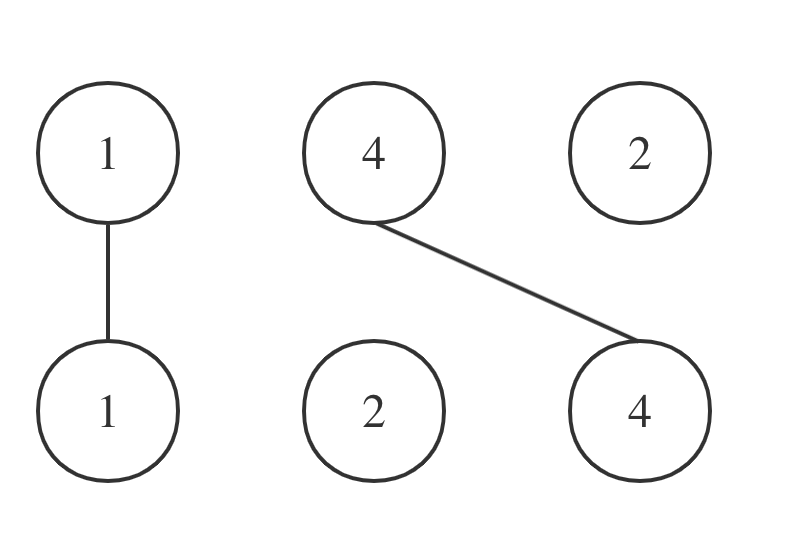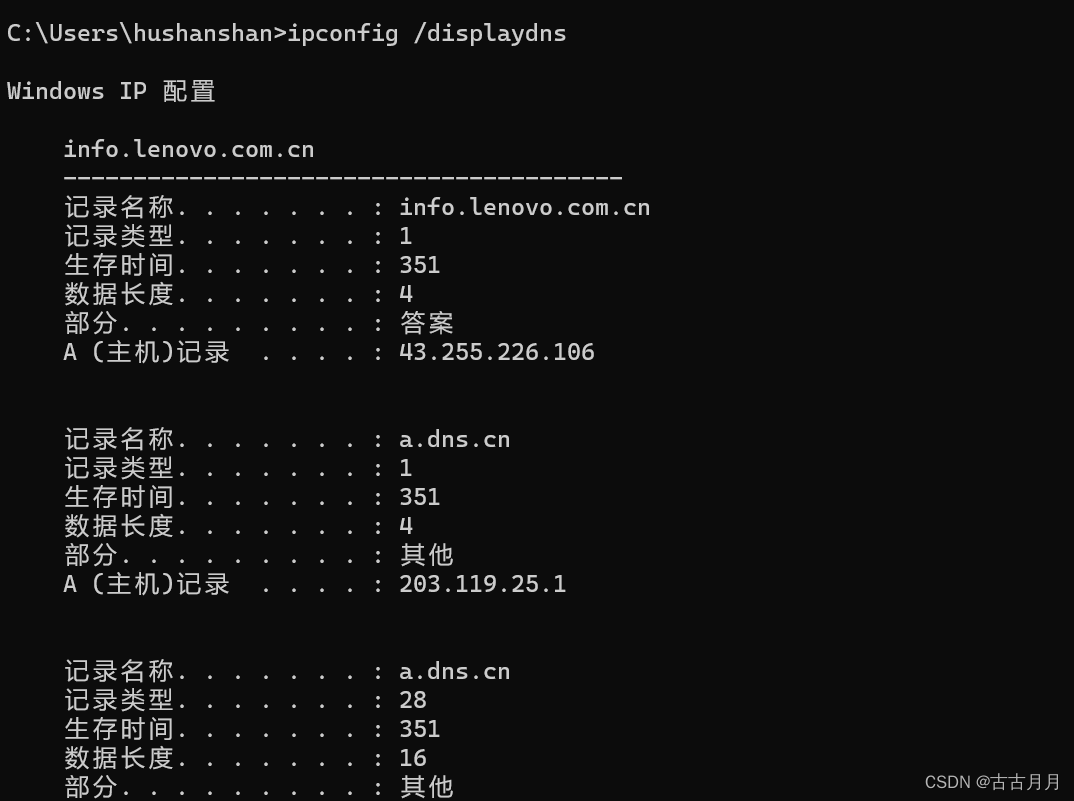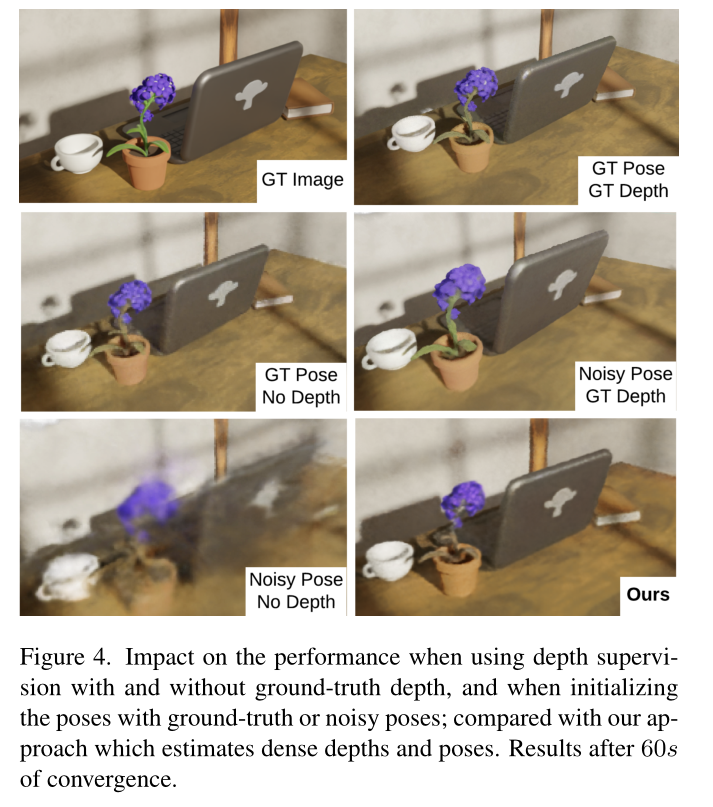goalng深刻剖析——slice
切片是 Go 中的一种基本的数据结构,使用这种结构可以用来管理数据集合。切片的设计想法来源于动态数组,为了开发者可以更加方便的使一个数据结构可以自动增加和减少。但是切片本身并不是动态数据或者数组指针。切片常见的操作有 reslice、append、copy。与此同时,切片还具有可索引,可迭代的优秀特性。
1 数据结构
根据官网源码:slice定义在src/runtime/slice.go:第15行。具体定义如下:
type slice struct {
array unsafe.Pointer //指向数组的指针,切片的数据实际存储在数组中,指针类型为:unsafe.Pointer;
len int //切片长度,通过len()获取的就是该属性;
cap int //切片容量,通过cap()获取的就是该属性,表示切片当前最多可以存储多少个元素;
}
2 slice定义与初始化
2.1 定义slice
2.1.1 方式1:语法糖
var identifier []type //长度和容量均为0的空切片
2.1.2 方式2:make( )
//指定长度,默认容量与长度相同
var slice1 []type = make([]type, len)
slice2 := make([]type, len) //简写
//也可以指定容量,其中 capacity 为可选参数。
var slice3 []type=make([]T, len, capacity)
slice2 := make([]type, len, capacity) //简写
2.2 初始化slice
2.2.1 直接初始化
s :=[]int {1,2,3 } //直接初始化切片,[] 表示是切片类型,{1,2,3} 初始化值依次是 1,2,3,其 cap=len=3。
2.2.2 分隔符(:)方式
arr := [10]int{1, 2, 3, 4, 5, 6, 7}
s1 := arr[:] //初始化切片 s,是数组 arr 的引用。
s2 := arr[startIndex:endIndex] //将 arr 中从下标 startIndex 到 endIndex-1 的元素创建为一个新的切片。
s3 := arr[startIndex:] //默认 endIndex 时将表示一直到 arr 的最后一个元素。
s4 := arr[:endIndex] //默认 startIndex 时将表示从 arr 的第一个元素开始。
4. 扩容策略
根据官网源码:slice扩容的源码实现在src/runtime/slice.go157行开始,具体实现接口growslice( )如下:
func growslice(oldPtr unsafe.Pointer, newLen, oldCap, num int, et *_type) slice {
oldLen := newLen - num
if raceenabled {
callerpc := getcallerpc()
racereadrangepc(oldPtr, uintptr(oldLen*int(et.Size_)), callerpc, abi.FuncPCABIInternal(growslice))
}
if msanenabled {
msanread(oldPtr, uintptr(oldLen*int(et.Size_)))
}
if asanenabled {
asanread(oldPtr, uintptr(oldLen*int(et.Size_)))
}
if newLen < 0 {
panic(errorString("growslice: len out of range"))
}
if et.Size_ == 0 {
// append should not create a slice with nil pointer but non-zero len.
// We assume that append doesn't need to preserve oldPtr in this case.
return slice{unsafe.Pointer(&zerobase), newLen, newLen}
}
newcap := oldCap
doublecap := newcap + newcap
if newLen > doublecap {
newcap = newLen
} else {
const threshold = 256
if oldCap < threshold {
newcap = doublecap
} else {
// Check 0 < newcap to detect overflow
// and prevent an infinite loop.
for 0 < newcap && newcap < newLen {
// Transition from growing 2x for small slices
// to growing 1.25x for large slices. This formula
// gives a smooth-ish transition between the two.
newcap += (newcap + 3*threshold) / 4
}
// Set newcap to the requested cap when
// the newcap calculation overflowed.
if newcap <= 0 {
newcap = newLen
}
}
}
var overflow bool
var lenmem, newlenmem, capmem uintptr
// Specialize for common values of et.Size.
// For 1 we don't need any division/multiplication.
// For goarch.PtrSize, compiler will optimize division/multiplication into a shift by a constant.
// For powers of 2, use a variable shift.
switch {
case et.Size_ == 1:
lenmem = uintptr(oldLen)
newlenmem = uintptr(newLen)
capmem = roundupsize(uintptr(newcap))
overflow = uintptr(newcap) > maxAlloc
newcap = int(capmem)
case et.Size_ == goarch.PtrSize:
lenmem = uintptr(oldLen) * goarch.PtrSize
newlenmem = uintptr(newLen) * goarch.PtrSize
capmem = roundupsize(uintptr(newcap) * goarch.PtrSize)
overflow = uintptr(newcap) > maxAlloc/goarch.PtrSize
newcap = int(capmem / goarch.PtrSize)
case isPowerOfTwo(et.Size_):
var shift uintptr
if goarch.PtrSize == 8 {
// Mask shift for better code generation.
shift = uintptr(sys.TrailingZeros64(uint64(et.Size_))) & 63
} else {
shift = uintptr(sys.TrailingZeros32(uint32(et.Size_))) & 31
}
lenmem = uintptr(oldLen) << shift
newlenmem = uintptr(newLen) << shift
capmem = roundupsize(uintptr(newcap) << shift)
overflow = uintptr(newcap) > (maxAlloc >> shift)
newcap = int(capmem >> shift)
capmem = uintptr(newcap) << shift
default:
lenmem = uintptr(oldLen) * et.Size_
newlenmem = uintptr(newLen) * et.Size_
capmem, overflow = math.MulUintptr(et.Size_, uintptr(newcap))
capmem = roundupsize(capmem)
newcap = int(capmem / et.Size_)
capmem = uintptr(newcap) * et.Size_
}
// The check of overflow in addition to capmem > maxAlloc is needed
// to prevent an overflow which can be used to trigger a segfault
// on 32bit architectures with this example program:
//
// type T [1<<27 + 1]int64
//
// var d T
// var s []T
//
// func main() {
// s = append(s, d, d, d, d)
// print(len(s), "\n")
// }
if overflow || capmem > maxAlloc {
panic(errorString("growslice: len out of range"))
}
var p unsafe.Pointer
if et.PtrBytes == 0 {
p = mallocgc(capmem, nil, false)
// The append() that calls growslice is going to overwrite from oldLen to newLen.
// Only clear the part that will not be overwritten.
// The reflect_growslice() that calls growslice will manually clear
// the region not cleared here.
memclrNoHeapPointers(add(p, newlenmem), capmem-newlenmem)
} else {
// Note: can't use rawmem (which avoids zeroing of memory), because then GC can scan uninitialized memory.
p = mallocgc(capmem, et, true)
if lenmem > 0 && writeBarrier.enabled {
// Only shade the pointers in oldPtr since we know the destination slice p
// only contains nil pointers because it has been cleared during alloc.
bulkBarrierPreWriteSrcOnly(uintptr(p), uintptr(oldPtr), lenmem-et.Size_+et.PtrBytes)
}
}
memmove(p, oldPtr, lenmem)
return slice{p, newLen, newcap}
}
【代码分析】
鉴于源码过于冗长,删除了与扩容无关代码,只保留扩容策略并添加中文注释:
func growslice(oldPtr unsafe.Pointer, newLen, oldCap, num int, et *_type) slice {
oldLen := newLen - num
//...
newcap := oldCap //初始化:newcap = oldCap
doublecap := newcap + newcap
if newLen > doublecap { //如果:新切片长度超过旧容量的2倍
newcap = newLen // 将新容量更新为新长度;
} else { //否则:
const threshold = 256 // 定义阈值:threshold = 256
if oldCap < threshold { // 如果:旧容量小于阈值256
newcap = doublecap // 扩容为原来2倍
} else { // 否则:通过迭代直到 newcap >= newLen,迭代公式如下:
// Check 0 < newcap to detect overflow newcap =newcap + (newcap + 3*threshold) / 4
// and prevent an infinite loop.
for 0 < newcap && newcap < newLen {
// Transition from growing 2x for small slices
// to growing 1.25x for large slices. This formula
// gives a smooth-ish transition between the two.
newcap += (newcap + 3*threshold) / 4
}
// Set newcap to the requested cap when
// the newcap calculation overflowed.
if newcap <= 0 {
newcap = newLen //特殊情况:如果原容量为0,将新容量更新为新切片长度
}
}
}
// 最后再对newcap做内存对齐,最终得到新容量
var overflow bool
var lenmem, newlenmem, capmem uintptr
// Specialize for common values of et.Size.
// For 1 we don't need any division/multiplication.
// For goarch.PtrSize, compiler will optimize division/multiplication into a shift by a constant.
// For powers of 2, use a variable shift.
switch {
case et.Size_ == 1:
lenmem = uintptr(oldLen)
newlenmem = uintptr(newLen)
capmem = roundupsize(uintptr(newcap))
overflow = uintptr(newcap) > maxAlloc
newcap = int(capmem)
case et.Size_ == goarch.PtrSize:
lenmem = uintptr(oldLen) * goarch.PtrSize
newlenmem = uintptr(newLen) * goarch.PtrSize
capmem = roundupsize(uintptr(newcap) * goarch.PtrSize)
overflow = uintptr(newcap) > maxAlloc/goarch.PtrSize
newcap = int(capmem / goarch.PtrSize)
case isPowerOfTwo(et.Size_):
var shift uintptr
if goarch.PtrSize == 8 {
// Mask shift for better code generation.
shift = uintptr(sys.TrailingZeros64(uint64(et.Size_))) & 63
} else {
shift = uintptr(sys.TrailingZeros32(uint32(et.Size_))) & 31
}
lenmem = uintptr(oldLen) << shift
newlenmem = uintptr(newLen) << shift
capmem = roundupsize(uintptr(newcap) << shift)
overflow = uintptr(newcap) > (maxAlloc >> shift)
newcap = int(capmem >> shift)
capmem = uintptr(newcap) << shift
default:
lenmem = uintptr(oldLen) * et.Size_
newlenmem = uintptr(newLen) * et.Size_
capmem, overflow = math.MulUintptr(et.Size_, uintptr(newcap))
capmem = roundupsize(capmem)
newcap = int(capmem / et.Size_)
capmem = uintptr(newcap) * et.Size_
}
//...
return slice{p, newLen, newcap} //返回
}
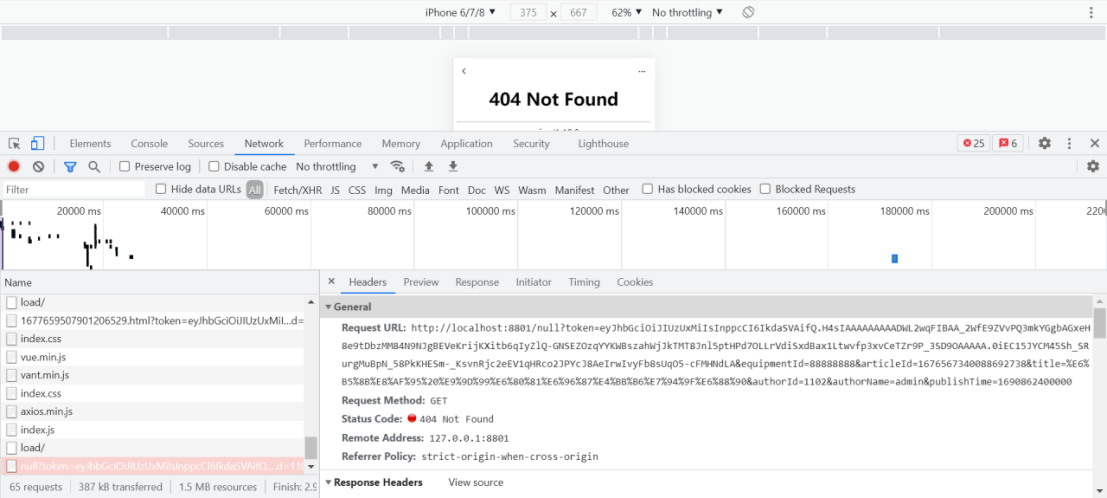





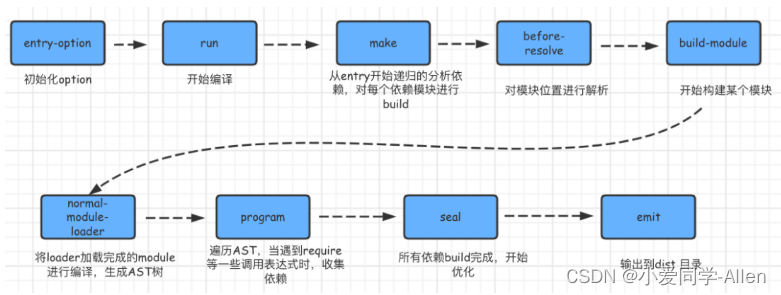
![[C++项目] Boost文档 站内搜索引擎(3): 建立文档及其关键字的正排 倒排索引、jieba库的安装与使用...](https://img-blog.csdnimg.cn/img_convert/fc0e861d01e0270ee1e9a3ad197899cc.png)



